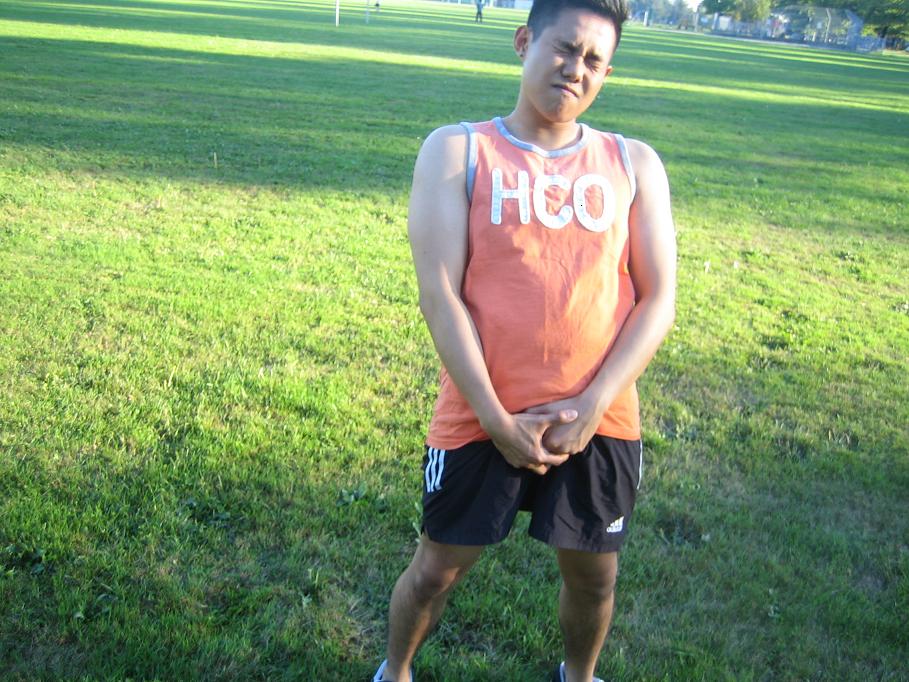A groin injury is a rupture in any of the adductor muscles that cause pain in the interior thigh which are connected to the pelvic bone at the superior endpoint and above the knee. The groin consists of 5 muscles that are responsible for moving the leg. This injury ranges from mild to severe.
https://www.youtube.com/watch?v=h1j3NBCvxf4
Grades of groin injury
- Grade 1 injuries are milder and are usually caused by overstretching of one or several of the 5 muscles and micro-tearing of muscle fibers.
- Grade 2 injuries are caused by partial tearing of the muscle tissues.
- As for Grade 3 injuries, they cause severe and intense pain and there is a complete tearing or rupture of one or more of the 5 muscles.
Symptoms
- Feeling of tightness or cramping in the affected area
- Pain when the muscles are stretched or contracted
- Severe pain when walking
Feeling of tightness or cramping in the affected area. - Pain in the groin especially when coughing or sneezing.
- Testicular pain, numbness and tingling
Treatment
- Apply an ice pack on the affected area at least 15 minutes every 2-3 hours to lessen the swelling, bleeding under the skin and prevent bruising on the first 24-72 hours after the injury. Avoid applying the directly on the skin to prevent frostbite. Wrap the ice pack in a towel or cloth before applying on the affected area.
- Continue applying the ice pack on the affected area for several days after the injury and before and after performing activities at least 3-4 times every day.
- Take at least 2-4 weeks of rest when suffering from mild groin injury. For severe injuries, at least 6-8 weeks or longer is necessary for adequate recovery from the condition. Avoid performing physical activities at least for 5-7 days for fast healing of the condition.
- Compress the injured groin to lessen swelling and stabilize the affected area. Use a special brace for the groin area that should fit snugly but not too tight that the circulation is disrupted. Elastic wrap can also be used, but avoid wrapping it too tight.
- Elevate the injured groin to lessen the swelling and promote increased flow of blood in the area. Use blankets, rolled towels or stacks of pillows to raise the affected area as often as possible. Raise the area above the level of the hip.
- Apply alternately ice and heat on the injured groin. This can help lessen the pain and discomfort caused by groin injury.
- Take the prescribed over-the-counter anti-inflammatory medications such as ibuprofen, naproxen and aspirin to lessen the inflammation and pain.
Disclaimer / More Information
The material posted on this page on groin injury is for learning purposes only. Learn to recognize and manage muscle injuries such as groin injury by taking a first aid and CPR class with one of our training providers.
FACT CHECK
https://www.healthline.com/health/groin-strain
https://www.webmd.com/fitness-exercise/groin-pull#1
https://physioworks.com.au/injuries-conditions-1/groin-strain


